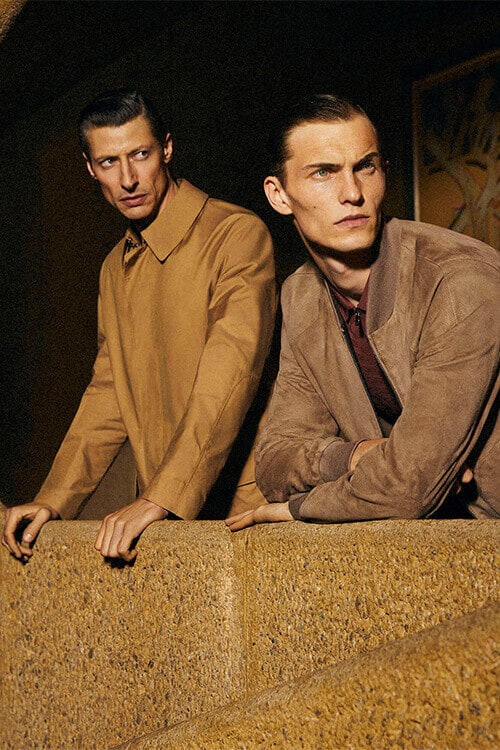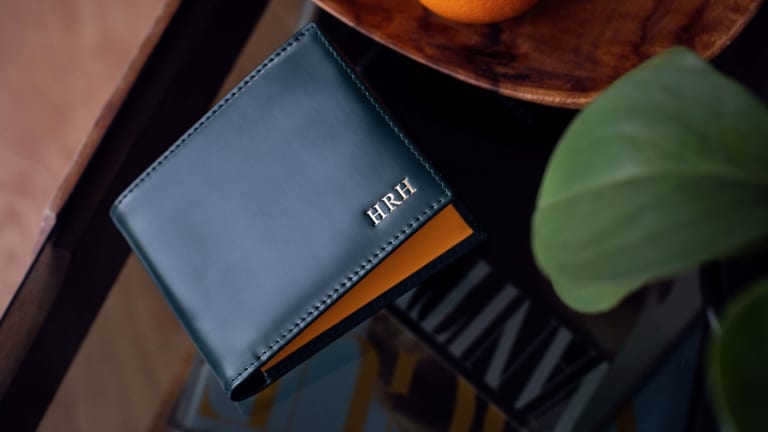
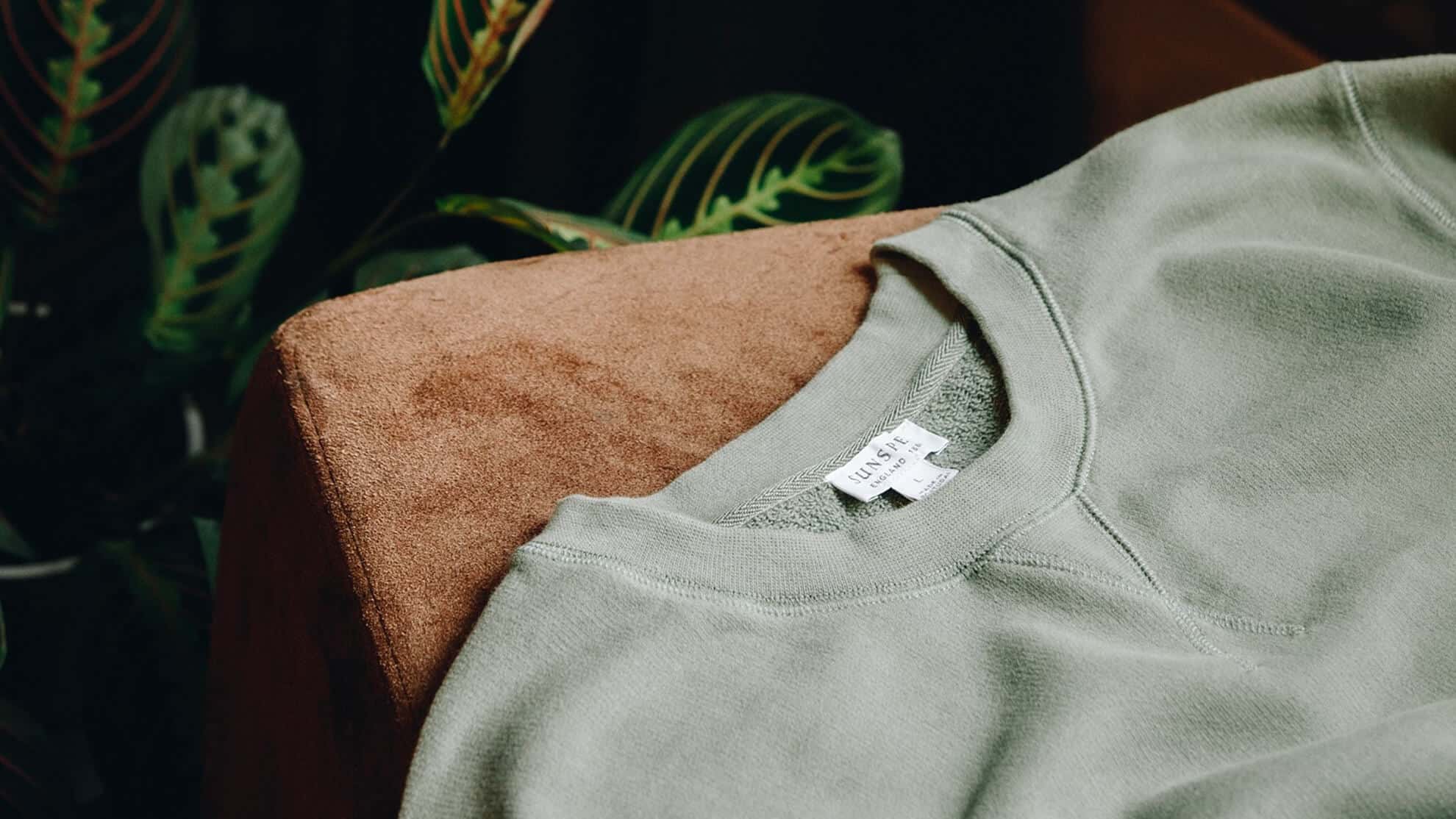
Buying Guides
We’ve seen every new product and brand you can think of over the years, so we know how to separate the wheat from the chaff. Our buying guides do just that: break down what you need to know before you add any piece to your wardrobe, then showcase the brands that produce the best versions today. So you have no buyer’s remorse.
Don’t know your size? Check out our size guides to the most popular brands.

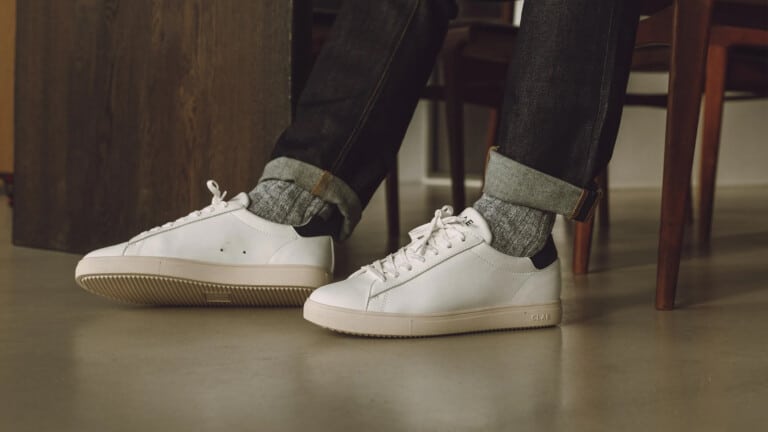
Top 10 Minimalist Sneaker Brands For Men Who Prefer Understated Kicks
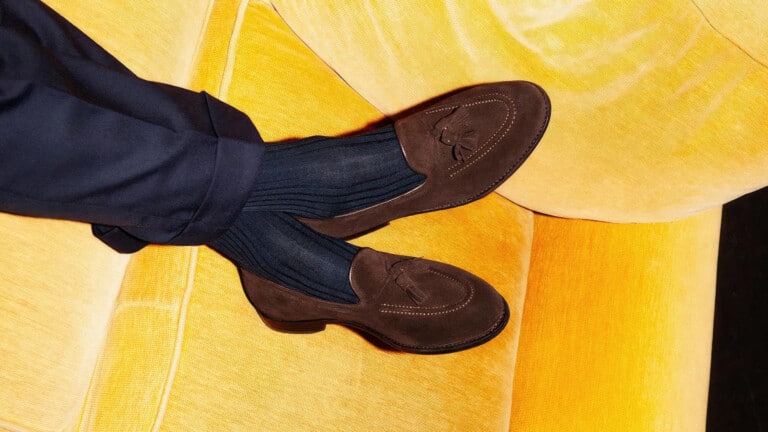
The Luxury Shoe Brands Crafting The Finest Men’s Footwear
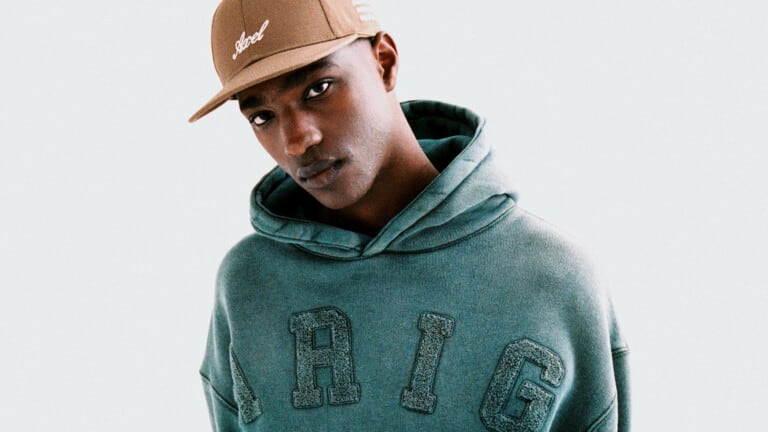
The Best Heavyweight Hoodie Brands For Men

The Best Men’s Hat Brands In The World Today
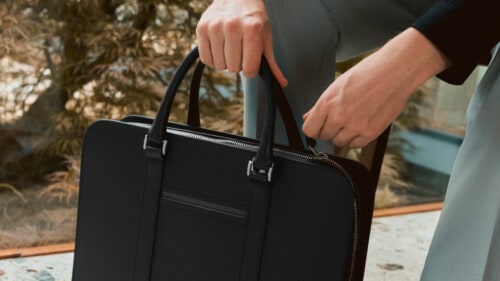
C-Suite Worthy: The Best Luxury Briefcase Makers In The World Today
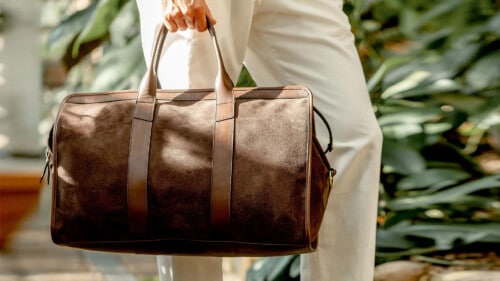
15 Luxury Weekender Bag Brands That Are Worth The Money
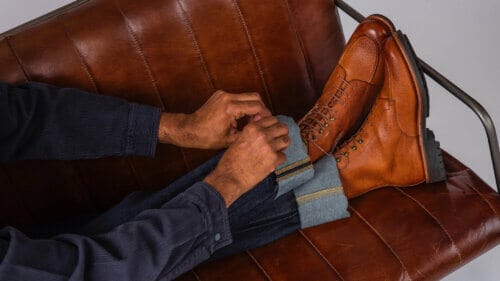
17 Northampton Shoe Brands Making The Finest British Footwear
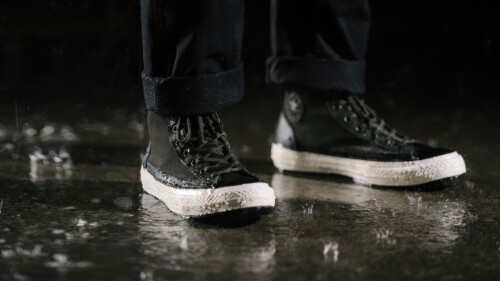
Cold-Weather Kicks: The 15 Best Winter Sneakers For Men
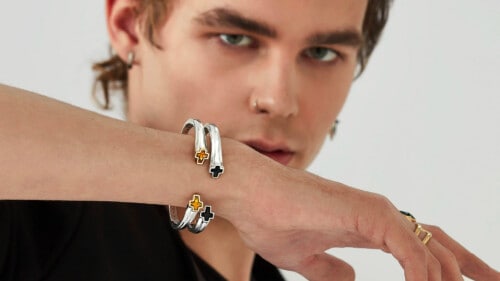
High Class Bling: 21 Luxury Jewelry Brands All Stylish Men Should Know
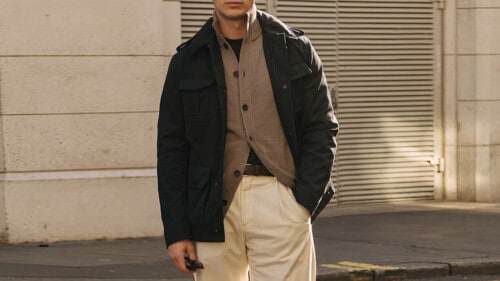
30 Luxury Pants Brands All Stylish Men Should Know
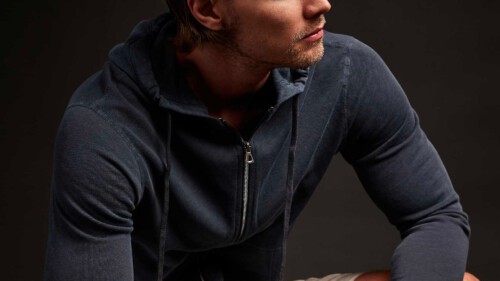
16 Luxury Hoodies Brands Making The Highest Quality Sweats
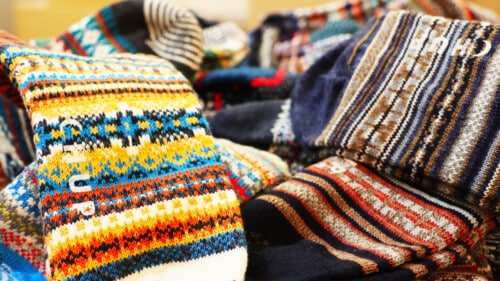
The 12 Best Luxury Men’s Sock Makers In The World
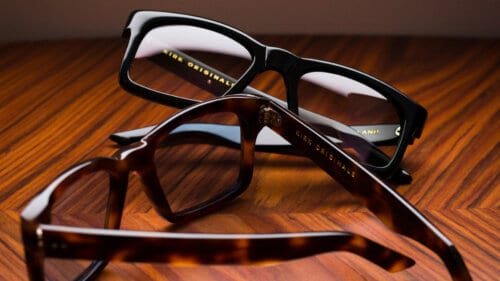
24 Luxury Eyewear Brands Making The Highest Quality Glasses
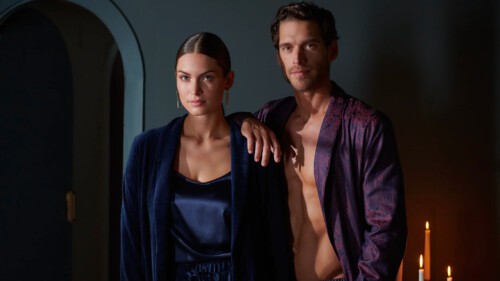
11 Luxury Pajama Brands That Will Have You Lounging In Style
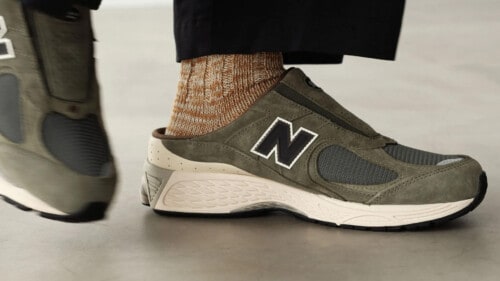
The Coolest Slip-On Sneaker Models For 2024

15 Luxury Scarf Brands That Will Instantly Upgrade Your Winter Looks
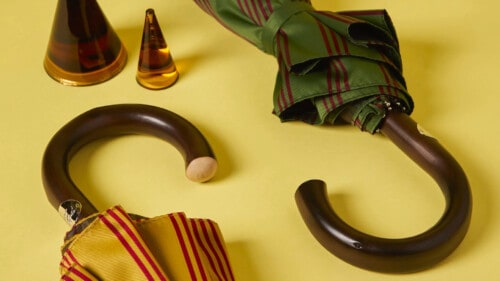
The World’s Greatest Luxury Umbrella Makers
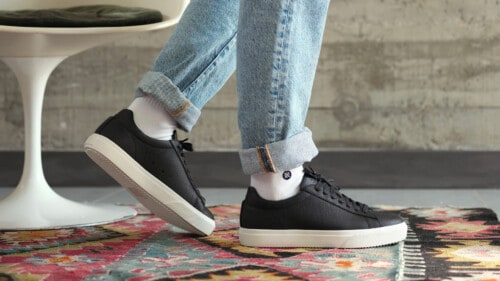
10 Sustainable Sneaker Brands Making The Most Eco-Friendly Kicks
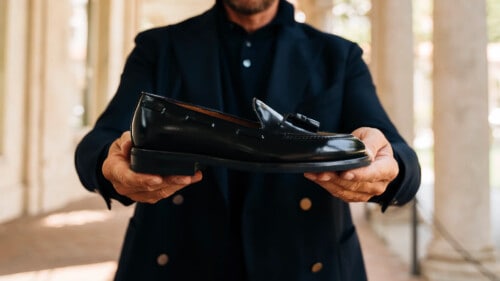
19 Luxury Loafer Brands Making The Highest Quality Slip-Ons
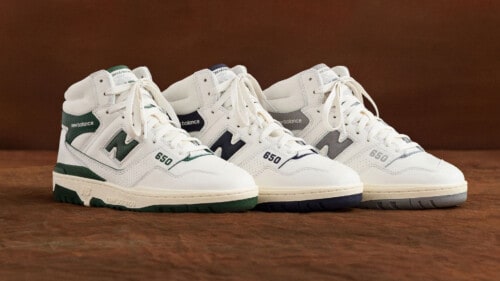
The 10 Coolest High-Top Sneaker Models For 2024

